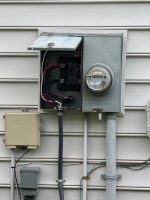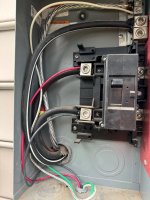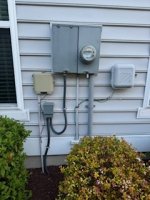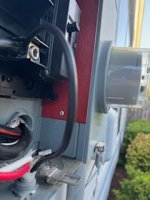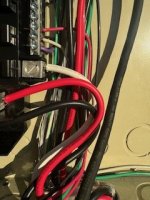Matt.W
Member
- Location
- Charleston
- Occupation
- Naval Engineer Retired
Newbee to the forum, Retired Naval Engineer, USCG. Living in Charleston, SC. Recently (2yrs) had an inground swimming pool installed. The pool company sub-contracted electrician piggybacked the pool panel (pump, heat pump, controls, and lights) into the lugs inside the Schneider Electric RC200S disconnect panel which had 2 #6-350 CU cables for the disconnect. The disconnect panel is rated for the 2 #6-350 CU/AL. The job was approved the the Charleston city inspector.
I contract Schneider and they advised "It might be safe, but the main issue is the devices are not UL tested and listed for that, so when they are changed or parts added that are not from the factory that voids the UL and Warranty."
The Pool company wants to come out and put Polaris Taps in place. Thoughts?
The Charleston city inspectors office ghosted me... Thoughts?
Question; is that safe, legal and meets code, do I worry? Getting ready to have a generator installed and these items will be bypassed.
v/r. Matt W.
I contract Schneider and they advised "It might be safe, but the main issue is the devices are not UL tested and listed for that, so when they are changed or parts added that are not from the factory that voids the UL and Warranty."
The Pool company wants to come out and put Polaris Taps in place. Thoughts?
The Charleston city inspectors office ghosted me... Thoughts?
Question; is that safe, legal and meets code, do I worry? Getting ready to have a generator installed and these items will be bypassed.
v/r. Matt W.


